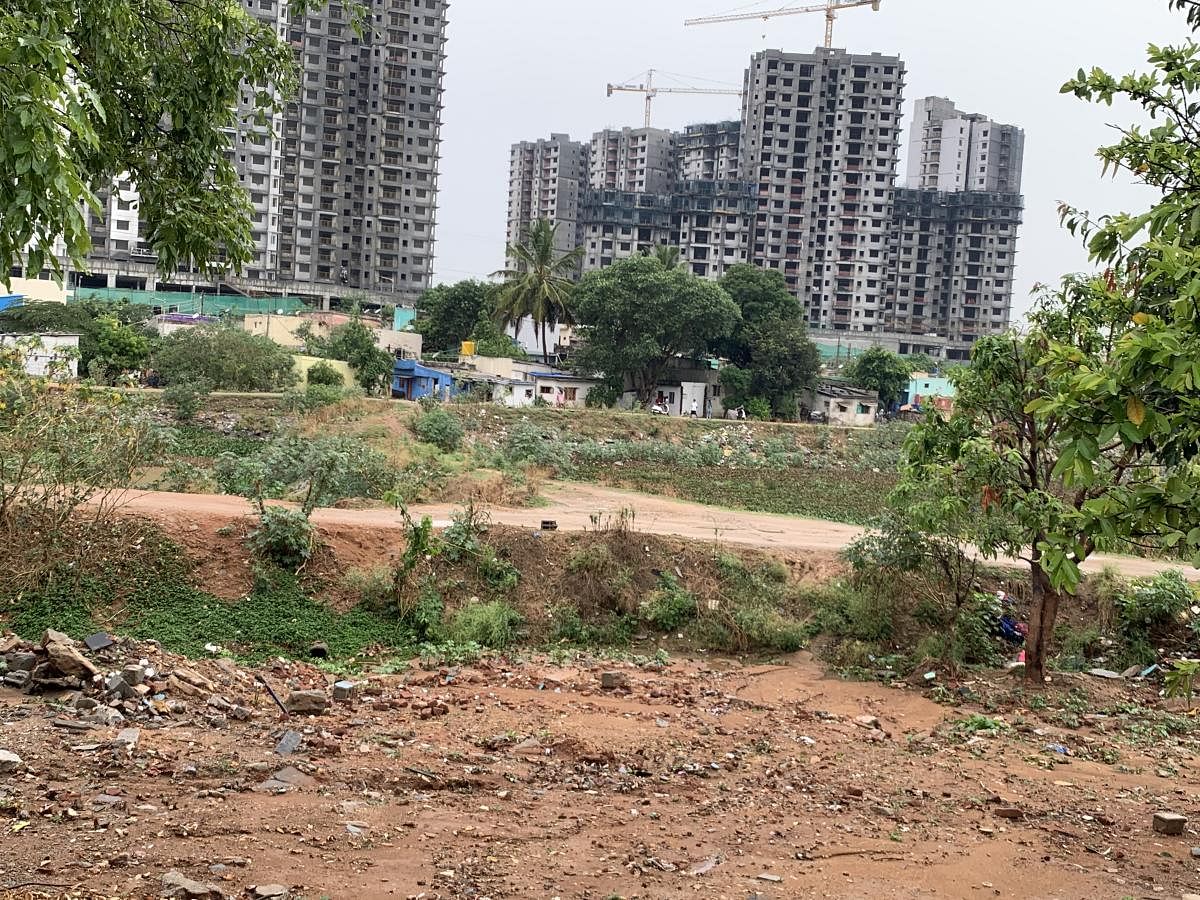

The Yediyurappa government’s decision to regularise private buildings on public land in Bengaluru makes a mockery of urban planning, say prominent citizens.
It is shocking that the government has passed an ordinance to help land grabbers when the state is grappling with a pandemic, and citizens are in no position to protest or confront the authorities, they say.
The ordinance came into effect on June 1, and the Bangalore Development Authority will levy a penal fee (see box) and regularise buildings on encroached and grabbed land.
The ordinance — a law passed without due debate in the Assembly — says the government will regularise buildings more than 12 years old.
The ordinance states property will not be regularised if it is built on space reserved for parks and playground, and affects the alignment of any road or proposed ring road and national highway. Also, it is not eligible for regularisation if it is built on a storm water drain, tank bed or river course.
More violation
Leo F Saldanha, coordinator, Environment Support Group, says the ordinance is only going to abet more such crimes.
“If encroachments are on common property such as parks by the poor, a humane approach should be taken and they must be rehabilitated to another place. This is in consonance to the Constitution and the Supreme Court directive. But if the land is grabbed by the rich, they should be penalised,” he states.
The BDA is not a Constitutional authority and should have been dissolved long ago. The city is being destroyed because open spaces are grabbed. Citizens feel disempowered, he says.
“People will think that it is all right to encroach because it will eventually be regularised. This becomes a mass violation, thus creating a situation where nobody conforms to the rule of law,” says Saldanha.
He also feels the ordinance has come at a time when people are fighting a deadly pandemic and in no position to confront the authorities.
“People should have a direct say and participation in such processes. It is not the case here,” he says.
This is a complicated problem common in almost all the urban areas, says A Ravindra, former chief secretary, government of Karnataka.
“If the poor have taken possession of the space, they must be given humanitarian consideration and allocated another place,” he says.
He warns that regularising what is unlawful will further encourage unlawful activities.
“If the government had stopped this earlier and levied high penalties, it would never come this far,” he says.
As BBMP administrator in-charge in 1995, Ravindra remembers clearing a number of shops running from the basements of commercial buildings.
The basements were meant for parking.
The illegal shops were back in no time after he moved to another department. “These illegal structures should be demolished as and when they come up, else they grow into a bigger problem,” he says.
Upset over inaction
Last year, senior JD(S) legislator A T Ramaswamy resigned as chairperson of the Karnataka Legislature Committee on Government Assurances, upset over inaction by the government. Speaking to Metrolife, he said the new ordinance would encourage more land grab.
“How was construction allowed in the first place and why was there no action taken?” he asks. Encroachment and land grab are different, he observes. “Encroachment can be by those who use the land for commercial, residential or agricultural purposes. Laws clearly state what the government should regularise and what it shouldn’t. Land grabbers create fictitious documents and corner government property,” he says.
Only the rich and powerful scheme and grab land. It is greed that drives them, he told Metrolife. “There are layouts on revenue lands. Parks are encroached and roads are rendered narrow. Why is no action taken against the guilty?” wonders Ramaswamy.
Ramaswamy panel
A joint house committee, headed by A T Ramaswamy, went into the problem of encroachment of government land in and around Bengaluru, and made important recommendations. Upset with government inaction, Ramaswamy resigned in 2019 as chairperson of house committee on government assurances, saying his conscience did not allow him to continue. He was particularly upset that nothing was done to recover 285 acres of government land at BM Kaval in Bengaluru South taluk.
The then revenue minister had agreed that there were illegalities.
Penalties
Plots of 20x30 ft: 10% of guidance value.
Plots of 30x40 ft: 20% of guidance value.
Plots 30x40 ft up to 60x40 ft: 40% of guidance value.
Plots 40x60 ft and up to 50x80: 50% of guidance value and penalty.
(Guidance value, fixed by the government, is the minimum value at which a property can be registered. The value varies from one area to another).